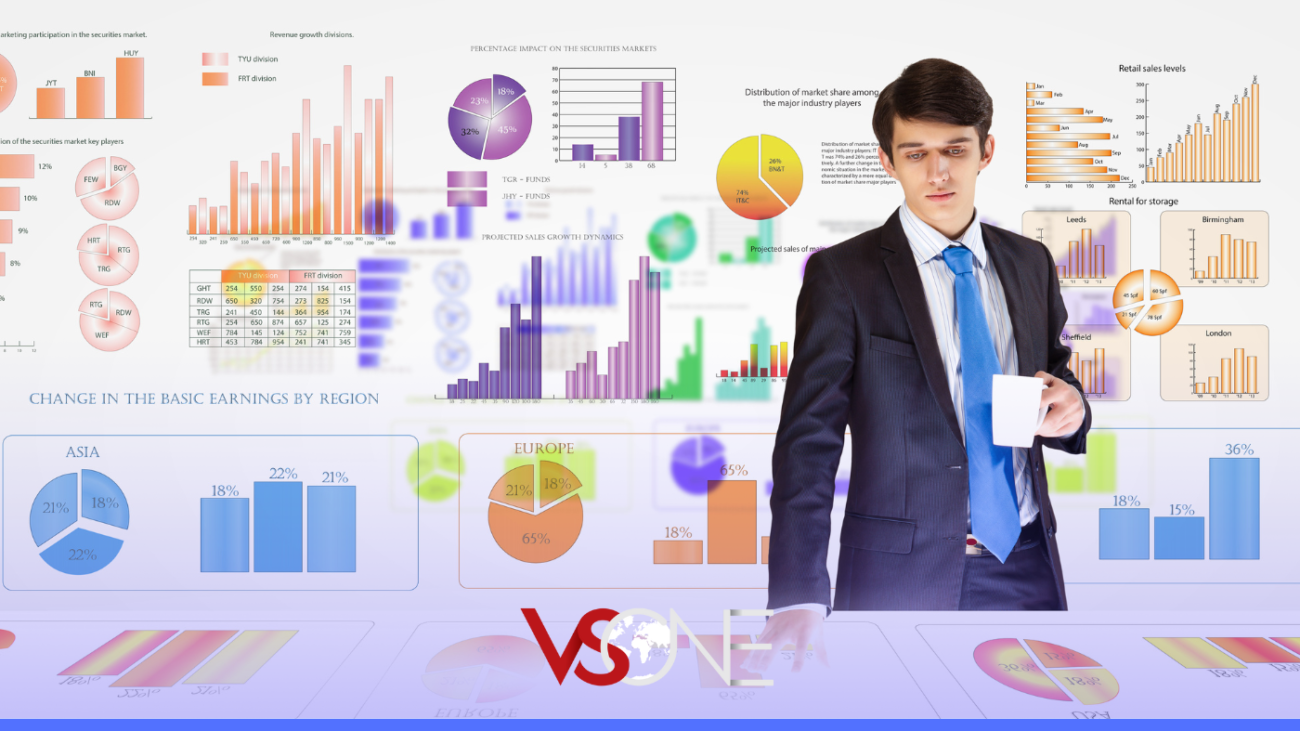In today’s fast-paced business landscape, organizations face unprecedented challenges in harnessing the power of data to drive informed decision-making and sustainable growth. As the volume, variety, and velocity of data continue to increase exponentially, leveraging Business Intelligence (BI) tools has become a strategic imperative for organizations seeking to gain a competitive edge and thrive in an increasingly data-driven world.
Mobile Phones and Children
I came through an article where the British prime minister himself declaring that he will ban Mobile phones across schools in England. This article provides interesting data points which states that more than 97% of the children are using Mobile phones in Schools.
Read – https://economictimes.indiatimes.com/news/international/world-news/rishi-sunak-govt-bans-mobile-phones-in-all-schools-across-england/articleshow/107843924.cms?from=mdr
Some key reasons for this highlighted includes the online safety of the children as well as the loss of productivity of children who are addicted to the mobile phones. I can well relate to this as a father of a teenage son , as a user as well as from a technology perspective. I think even though the UK prime minister is voicing of his concern about Children , this is a global issue. Myself and my partner has to make many efforts to keep the kids away from the mobile phones. I personally see this as a side effect of Covid era – which forced us to give them the devices to access the online classes.
Another reason is how these devices and the online platforms are engineered. As you would have read across many forums , Mobile phone operating systems and social media platforms are designed to maximize the time people would use it. The designers would have designed keeping the adult audience in mind. However it works like a charm on the children as well.
Read – https://www.komododigital.co.uk/insights/how-social-media-apps-ux-ui-are-designed-to-engage-and-be-addictive/
For instance – the Swipe which is used by many applications including Youtube Shorts to Tiktok to dating apps such as Tinder is a really simply gesture which does not take any effort like scrolling or clicking. The recommendation engines of these apps are extremely powerful and they invite us to delve in more interesting content which gets us in to a dopamine surge.
Interestingly Dopamine is the hormone responsible for addiction which would induce children to look for more and more content. I think there is a bigger social issue – this addiction is not only restricted to Children – even adults are getting caught in to the trap of Phone and Social media usage. These addictions are now clinically recognized.
https://www.theguardian.com/global/2021/aug/22/how-digital-media-turned-us-all-into-dopamine-addicts-and-what-we-can-do-to-break-the-cycle
How can we get around this issue for Children as well as adults ? Well , we can take the approach of Rishi Sunak – we can implement laws and may be come up with technical solutions such as Mobile Device Management which can restrict the usage of apps. I have seen another approach where they have created minimalist phones and launchers which does not contribute to this dopamine inducing UI UX.
However I personally believe that the best way to get out of this lies within us – by self discipline. I can recall how MTI Consulting , one of my previous work places had a policy to check the emails and we had designated intervals to check the email. The email notifications were disabled and this allowed us to do focused work.
What do you think ?
phone #productivity #SocialMedia
Author: Sadeepa Palliyaguru, VS ONE WORLD
Solving the Right Problems in successful ERP implementation: A Pharmaceutical Project Manager’s Perspective
pharmaceutical project managers can ensure that their ERP implementation addresses the unique challenges and requirements of the industry, ultimately leading to improved operational efficiency, compliance, and competitive advantage.
“Why Should I Go For IFS?” Most Valuable Question Asked During Presales
Choosing IFS ERP can empower your organization to optimize its operations, drive growth, and achieve strategic objectives in a competitive marketplace. With its industry-specific focus, user-friendly interface, comprehensive functionality, and advanced capabilities, IFS ERP can serve as a powerful tool to transform your business and unlock new opportunities for success.
Internal Politics Impact On ERP Implementation
Enterprise Resource Planning (ERP) implementation can be a complex process, and internal politics within an organization can significantly hinder its successful execution.
Strategic IFS ERP Implementation in Pharmaceutical Industry: Navigating Compliance and Customization Challenges
Implementing ERP (Enterprise Resource Planning) systems in the pharmaceutical industry poses several challenges. One key challenge is ensuring compliance with stringent regulatory requirements, such as those set by agencies like the FDA. The ERP system must be capable of tracking and documenting various aspects of the manufacturing and distribution processes to meet regulatory standards.
What is an Autonomous Transaction Processing Database?
Oracle’s Autonomous Transaction Processing (vCenter HA) offers a transformative approach to database management. Designed to be self-driving, self-securing, and self-repairing, this service ensures databases can instantly adapt to the demands of transaction processing and mixed workload applications. Users can choose between a Serverless infrastructure for elastic and simplified deployment or a Dedicated infrastructure for enhanced security and governance. This groundbreaking system not only promises high availability and unparalleled performance but also guarantees reduced costs. By integrating advanced features and a multi-layered security approach, the Oracle ATP ensures an efficient and secure database environment, making it an optimal choice for organizations aiming for technological excellence.
Building Resilient IT Infrastructure – Lessons Learnt from OVH Data Centerfire
In the aftermath of the devastating fire at the OVH Data Center, businesses worldwide are reevaluating their IT infrastructure’s resilience. From understanding the intricacies of Service Level Agreements to adopting a cloud-native approach, the need for robust and fail-safe systems has never been more crucial. Dive into the lessons learned from this incident and explore strategies, shared by our CTO Daniel Ananthan, to fortify data centers against unforeseen challenges.
Getting Prepared For A Container-Driven Application

Today user satisfaction is the top most concern in digital enterprise. This could be internal or external users and their user experience is one of the most important considerations of the Digital enterprise.
There are multiple variables contributing to the user experience. Some of these elements include
- Application performance
- Responsiveness
- Ease of use
- Ease of navigation
- Ability of access on any device
As the demand for better user experience increases application owners are also seeing the demands increasing
- Need of increasing the uptime and availability of the session
- Need of monitoring the application performance
- Need to tune the application
- Need to scale the application resources as when the users/demands grow
Most of the enterprise applications are still deployed as monolithic applications. They are not fluid in terms of performance and scalability. Often the scaling of the application might require forklift hardware upgrades and would take months.
The modern IT demands are much more agile and they need applications which could instantly respond to the demands. The traditional monolithic applications were unable to cater to these demands.
This gave birth to a new application paradigm. This included Microservices, SOA and Container based application development. All of these schools were helping enterprises reduce the application complexity and improve the application development lifecycle. Evolution of Cloud technology perfectly supported these schools and gave rise to multiple technologies which helped create “cloud-native” applications.
I am writing this post on a special day where we received the confirmation of a turnkey container management platform along with compute hardware from a leading telecom operator. This platform will help them to develop and deploy cloud native applications using a single pane of glass. This will help them to develop and scale multiple applications using Cloud native technologies. The benefits of the platform includes
- Ability of managing container lifecycle
- Rapid application stack provisioning using the built in application marketplace
- Integrated monitoring and performance management
- Ability of Hybrid cloud application development
- Integrated DevOps and testing tool stack
This is only one of our success stories in Cloud native solutions. We have helped a number of government agencies to modernize their applications using Cloud native technologies. These initiatives have been really helpful for the digital transformation of these organizations.
As Analysts predict most of the future workloads are going to be cloud native. Investment in the development of your new application on Cloud native technologies could save costs for the CIOs.
Some ways how the costs could be reduced includes
- Replacing the proprietary runtimes and database stacks using open source databases and application runtimes
- Reduction of costs on expensive monitoring solutions and using integrated open source technologies
- Reduce the on premise hardware costs for new applications by using Hybrid Cloud and scaling the applications when required
The New Normal is Moving Towards Virtual Reality
In the ever-evolving landscape of remote work, the “New Normal” is shifting towards Virtual Reality. As we reminisce about office interactions and navigate challenges like “Zoom Fatigue,” innovations like Facebook’s Horizon Workrooms promise a vibrant future. Integrating VR and AR, the future of work beckons with avatars, virtual stores, and collaborative spaces, redefining our understanding of workplace dynamics in the post-pandemic era.













 by
by